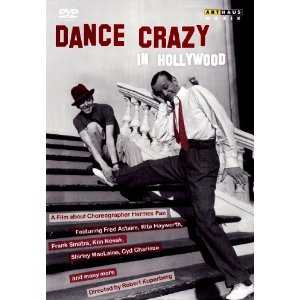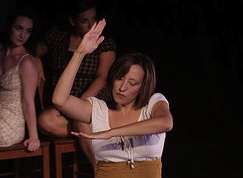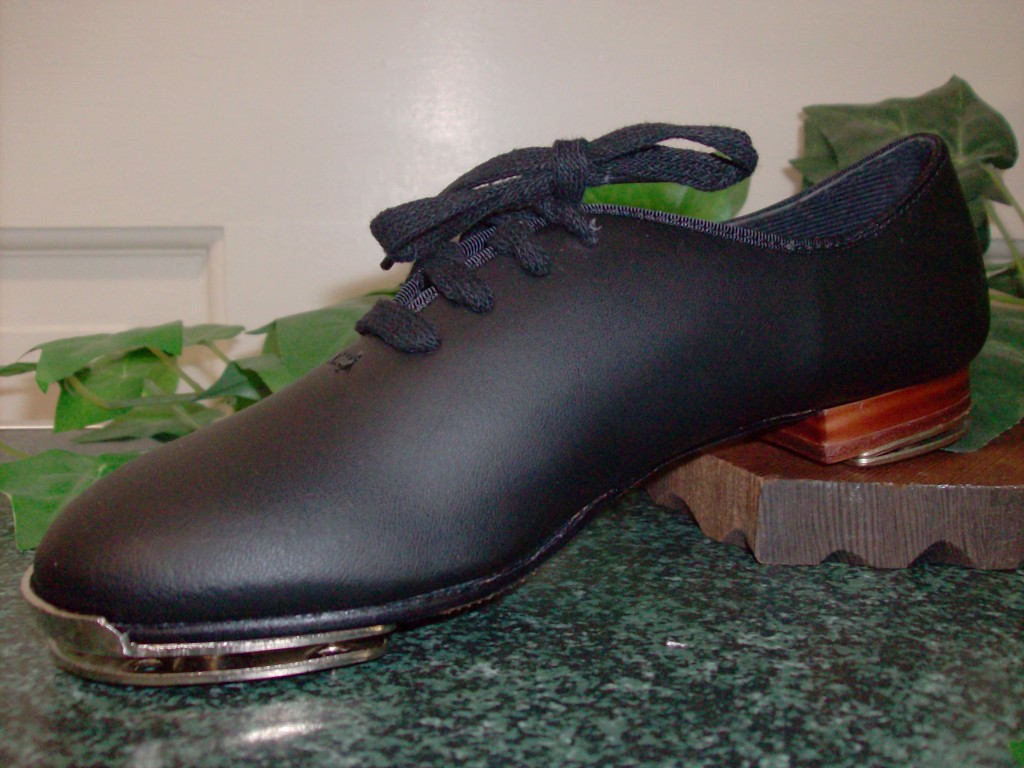
by Dorothy Stephenson
Known as the “melting pot of dances,” Clogging came about when the nation’s Irish, Scottish, English, and Dutch-German ancestors settled in the mountains of Appalachia on the east coast of the United States. As different cultures came together, their native dances began to intertwine signaling the birth of Clogging, an old dance form that continues to grow, evolve, and become more popular everyday. As clogging spread through the nation, other influences, such as Cherokee Indian, African, and Russian, contributed to the newly formed dance style.
I have been Clogging for twenty-three years. Ten years ago, when telling someone I was a “Clogger,” I would have to explain myself and how “Yes, Clogging is similar to what Fred Astaire did,” but “No, it’s not what Michael Flatley does.” Nowadays, when I vocally label myself as a “Clogger,” I usually get a “Wow! I love Clogging!” This dance form has appeared on stages as simple as county fairs all the way up to national television on shows like “So You Think You Can Dance,” “America’s Got Talent,” and “America’s Best Dance Crew.” And the tool that each clogger needs? Their shoes, of course!
Just like Clogging, Clogging shoes have evolved and changed since the dance form’s predecessors began in places like Wales with wooden clogs and Ireland with hard shoes. In the 15th century, dancers replaced the original wooden clog with a leather-topped shoe that had a full wooden sole. By the 16th century, dancers added separate wooden pieces on the heel and toe of the shoe.
These pieces, also called “flats,” are where the term “flatfooting” came from. Flatfooting, an ancestor of today’s American Clogging, is still practiced and respected in the clogging world today. In fact, Clogging competitions have a special solo category devoted specifically to flatfooting, and Cloggers of all ages will gladly clear the dance floor to marvel at dance patriarchs who will shake the dust off of their old flats to perform one more time.
Throughout Clogging’s evolution, dancers added another important element to their shoes – taps. Two “jingle” taps (also known as Steven Stompers) are attached to each shoe – one tap on the heel and one tap on the toe. With a flat stationary tap directly attached to the shoe, a dangling or “jingle” tap hangs slightly from the stationary tap to create a double tap that makes the signature clogging sound, which features just a little more sound than tap shoes.
Regular taps cover only the bottom of the shoe while buck taps have a small metal lip that bends over the toe. Where the regular tap didn’t make sound when a dancer stuck their toe, the buck toe creates sound and provides further support if contemporary dancers are executing toe stands. Present-day clogging shoes are usually black and white though some teams will occasionally branch out taking the stage with silver, red, or other colored shoes.
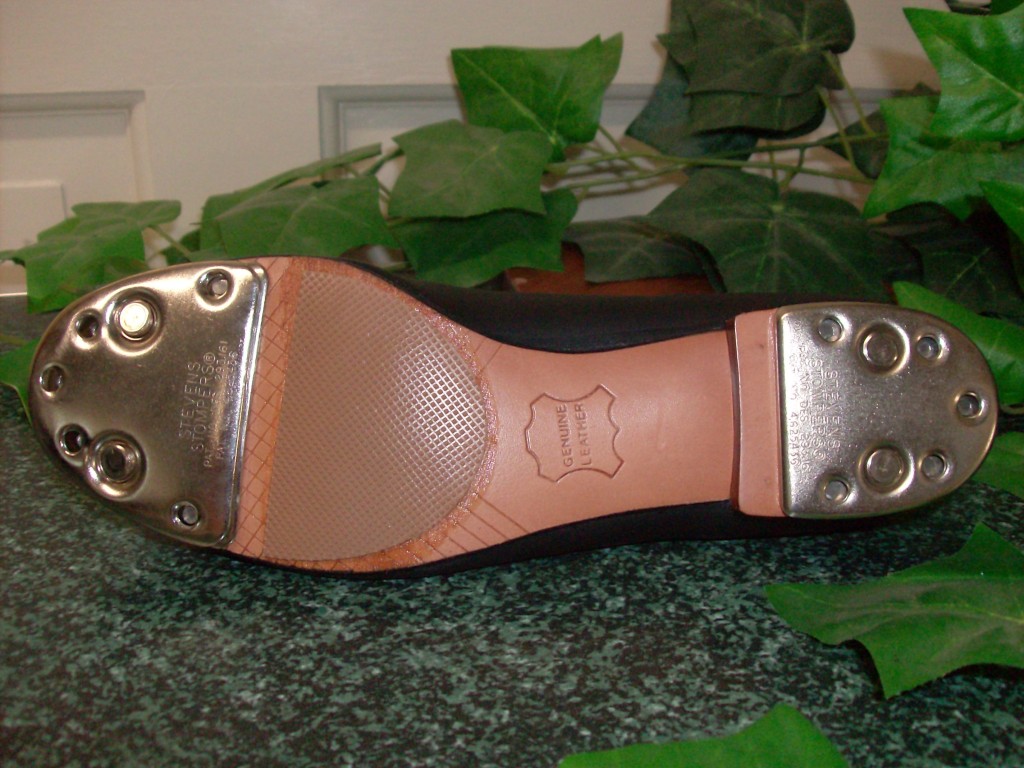
When original Appalachian Clogging began, it was an individual form of dance where the dancer used their feet to turn out rhythmic percussive sounds to accompany music that was most likely bluegrass. Today, more complicated steps and more influences of different dances, such as hip hop and pointe, have dribbled into Clogging and have further urged the evolution of Clogging shoes. With steps, such as toe stands (where Cloggers balance on their toes), increasingly complicated choreography is made easier with a more flexible shoe. Clogging shoes with split-soles have emerged. Some feature a full sole with a soft leather upper, such as the Director’s Cut shoe, while others, such as Signatures Split Soles, have a complete split sole with hard leather on the toe and ball of the foot and the traditional heel block. There is no sole to support the arch of the foot, only leather.
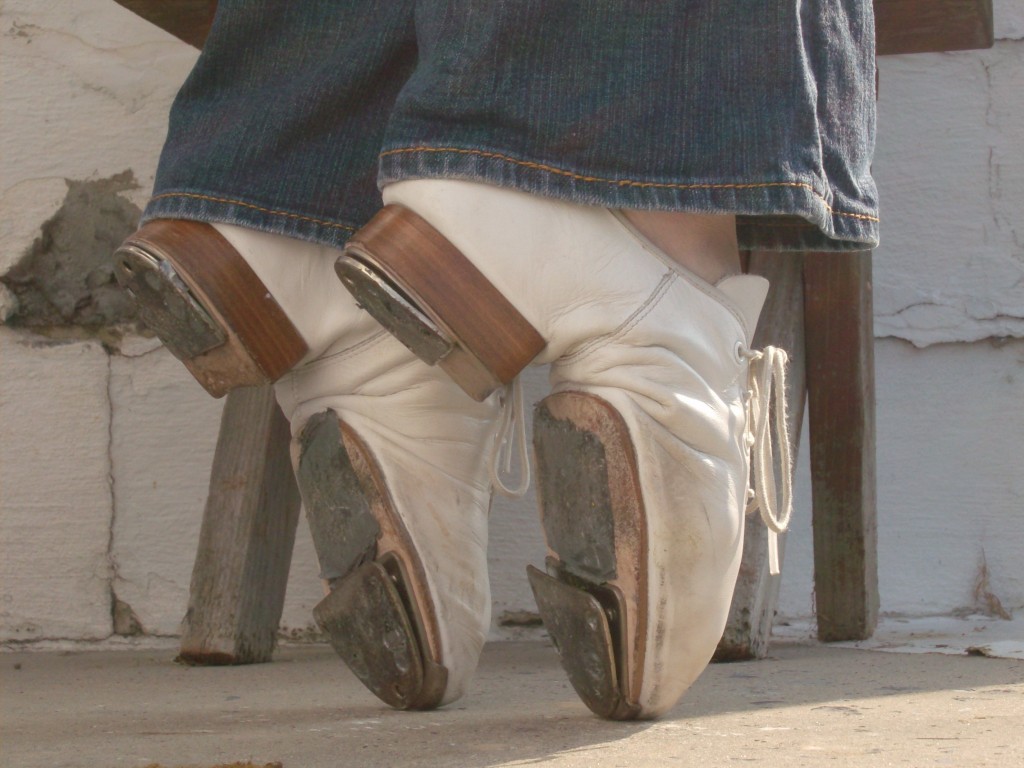
As more intricate steps developed, the full sole shoe restricted the movement of a dancer’s toes making it difficult and sometimes impossible to execute new steps. Split-sole shoes make it much easier for a dancer to bend their foot to achieve optimum sound and execute toe work.
Whether it was in the 15th century or the 21st century, Clogging shoes have always been used the same way – by striking the heel, the toe, or both against the floor to create rhythmic sounds usually to the downbeat of the music. If you haven’t seen Clogging, check it out. It is truly a dance form that has something for every personality – young, old, city, country, traditional, contemporary – and Clogging choreography can accompany a wide variety of music ranging from country and bluegrass to 1940’s swing and big band to jazz, hip hop, and even rap. The sky is the limit.
Want to see some cloggers in action? Here’s a video of Rhythmic Alliance competing with their Line Formations routine:
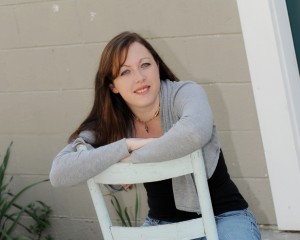
Dorothy Stephenson began her clogging career in 1990 when her mother enrolled her with the Little Switzerland Cloggers. Today, she leads Little Switzerland along with two other groups – Rhythmic Alliance, a competitive team, and Sundance Express, a professional performance troupe.
She also owns Sundance Studios & Productions Company, a dance studio and productions company specializing in clogging instruction and performance.





